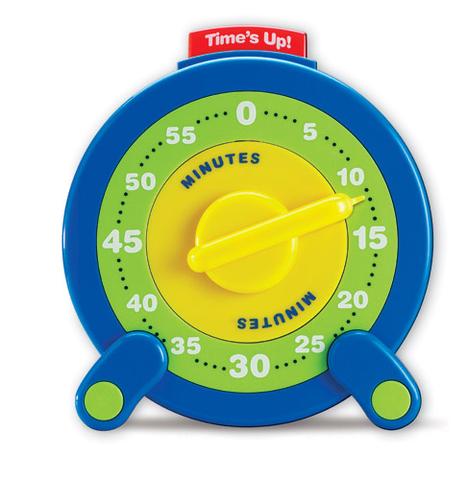The Game
Students will work in teams. Each team will get two stacks of vocabulary words color-coded by grammar (types of speech): verbs, nouns, adjectives, etc.
The student selects two cards from the top of each stack and quickly creates a sentence out loud before the timer's buzzer rings: 60 seconds or less.
The game can be easily adapted for either ESL or SSL; the vocabulary list is in both languages.
Just remember to always teach in the target language and use TPR to describe new words. Never translate.
Objective
Students will use or create vocabulary cards from new and learned vocabulary to play a game that stimulates spontaneous sentence formation and develops correct language structure.
Grades
2-12
Skills
Vocabulary development, using picture cues, language pattern recognition, sentence formation, decoding words and oral fluency.
Materials
- A stack of 8-1/2” x 11” copy paper, each cut into four flash cards
- Colored markers: red, green, blue, orange
- Timer that makes a loud buzzing sound
- Master Vocabulary List (Unit 1)
Preparation
- On the blackboard, create four columns and title them: Sustantivos, Verbos, Preposiciones, and Adjetivos. For ESL, use English terms.
- Break the class up into teams.
- Give each team the Master Vocabulary List.
- Ask students to call out words from the vocabulary list as you write them on the board in the appropriate column.
- For an added grammar exercise discuss the four grammar concepts and ask to help identify the correct column: “¿Es un sustantivo o un verbo?”
- Handout a set of 10 blank flashcards for each team and assign each team 10 words.
- Ask students to write out one word on to each piece of paper using colored markers to distinguish each word’s grammatical type. For example, sustantivos=rojo, verbos=azul, and so on. This should be easy at this point since they can refer to the board. This pre-learning phase sets the stage for the game.
- Collect all the student cards, shuffle them and place them face down on the first teams desk.
- Divide the stack in two.
Play the Game
- Bring out the timer and set it to 10 seconds.
Explain that his time limit will be tested as the class plays to come up with enough time to challenge them but not so much it becomes too easy or boring. Let students decide as a class on the time frame. - Demonstrate how the “Timer Sentence Game” works:
First, start the timer.
Second, flip over one card from each stack and read them out loud.
Third, form a sentence using both words. If you draw “Perro” and “Cama” you might say: “El perro está en la cama.”
Fourth, repeat at least twice so your students have a good idea of how to play. - After you demonstrate the game, go to the first group and say, “¡Vamos!”
- Start the timer while a student in the team turns over one card from each deck, holds the two cards up, and tries to make a sentence with them. They might get two verbs or two nouns. Whatever it is they have to make a complete correct sentence before the buzzer rings.
If they come up with an incorrect sentence and still have time, help them correct it before the buzzer goes off. For example, you can say, “Aquí tienes dos verbos y solo necesitas uno . . .” That is, give them grammatical hints. - Decide if the timing was correct and, if not, adjust it for the next round.
- Go from team to team, making sure each student in the team has a turn.
You will notice that as the students play this game, their sentence making skills will improve drastically. The time challenge of the buzzer stimulates oral interpretation skills because there is no time for translating or analyzing.
Extension Suggestion
- Write the sentences on the board after the timer goes off, then correct them as a class.
- You could also play a simpler version of this game using just the laminated Flashcards from the Kit and eliminating the focus on grammar.
Don’t Miss Out...
Every week we offer teaching tips, classroom management strategies, and free games here on the blog.
To make sure you don’t miss out, and to get a free 1-Hour Sample Lesson from either of our ESL or SSL Curriculum Kits. Click here.

